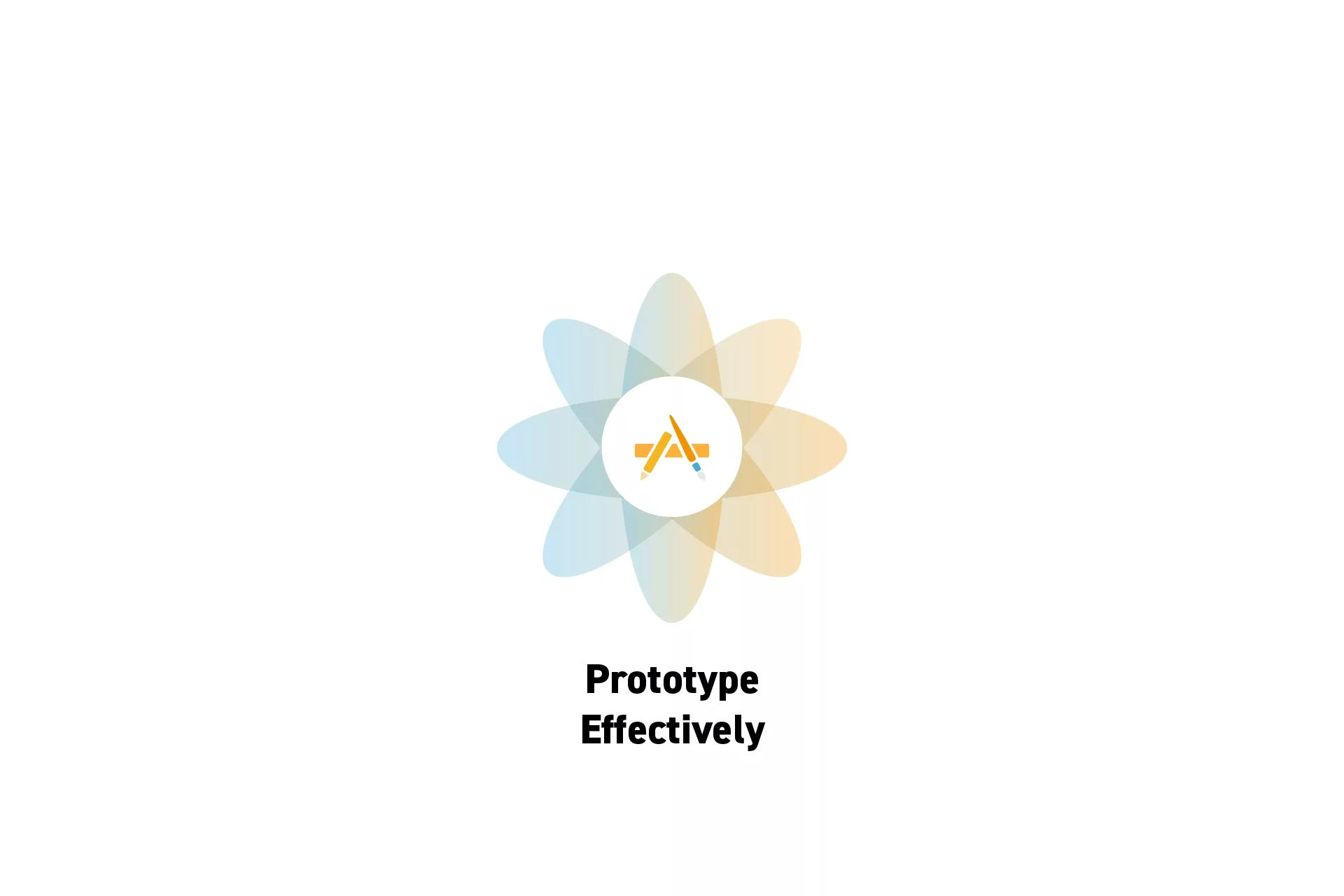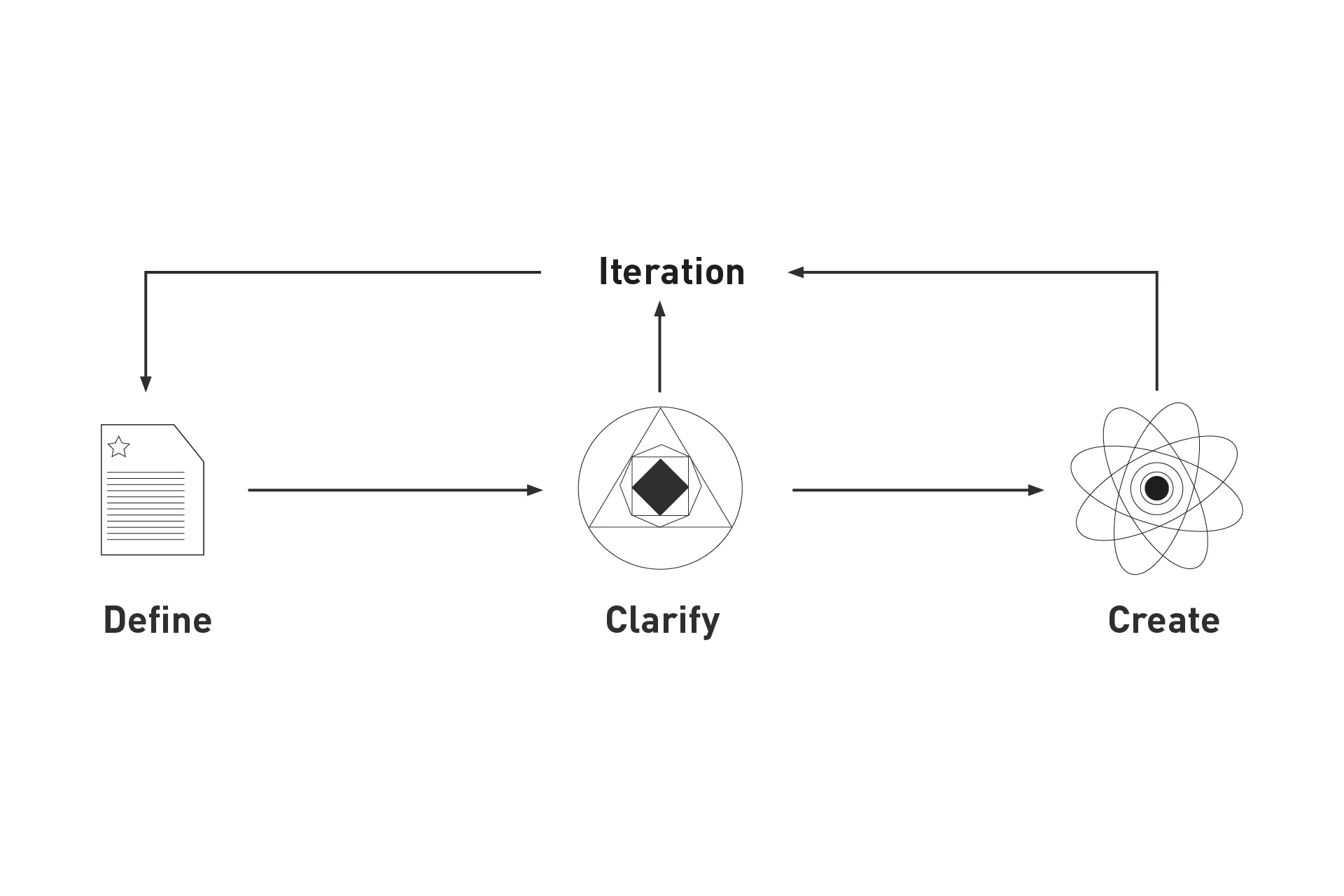How to prototype effectively
Prototype at the right fidelity for the task at hand and iterate whilst raising fidelity as you validate a hypothesis and customer demand through interviews.

Prototype at the right fidelity for the task at hand and iterate whilst raising fidelity as you validate a hypothesis and customer demand through interviews.
SubscribePrototyping is at the core of any design thinking innovative process or model as it enables companies and individuals to test ideas with members of the target audience through in-depth interviews or focus groups with the purpose of evaluating a hypothesis and finding a product-market fit (PMF).
Effective prototyping therefore is the act of selecting the right fidelity to ensure that you adequately validate a hypothesis or the value that you are bringing to a client.
Step One: Define the Hypothesis
In order to create a prototype, you must define the problem that you are trying to solve or the idea that you want to validate.
Step Two: Define the target audience
Prototypes are intended to help you gather an in-depth understanding of how a member of a target audience would use a product, service or experience, the value that it brings and the story that unravels around it.
In order to know who you are creating for, you must define who they are.
Step Three: Carry out the Research
Perform user research, desk research and carry out interviews and remember to record your findings in ways that can be synthesized into insights and other products that augment your ability to generate meaningful solutions for your target audience.
To learn more about the products that could arise from synthesizing your research consult the link below.
Part of the synthesis should be uncovering what the customers "jobs" are and how a product, service or experience could reduce the Bio-Cost, which is known as amount of energy or time required to carry out the "job."
For more information, consult the Harvard Business School article linked below.
Step Four: Create a Prototype
Based on the research, define what you would like to test and the fidelity that you wish to prototype at.
To learn more about the levels of fidelity that you can prototype at and what makes a good prototype, consult the link below.
Step Five: Test
Test the prototype with members of your target audience and evaluate the feedback that you received and the lessons that you learn as part of the interview.
Step Six: Refine and Expand

delasign's process
Depending on how the interviews and tests went, change your direction or refine your prototype to boost its value.
Repeat steps four to six iteratively and progressively upgrade the fidelity and span of the prototype as the prototype demonstrates its value until its a minimum viable product that can be used to give members of your target audience the concierge treatment.
Once you have found a clear product-market fit (PMF) we recommend that you bring your creation to life.
Looking to learn more about Innovation, Project Management, Design, Technology and Strategy?
Search our blog to find educational content on innovation, project management, design, development and strategy.